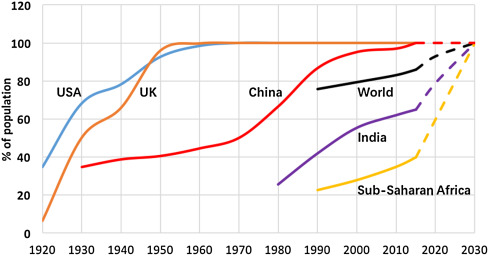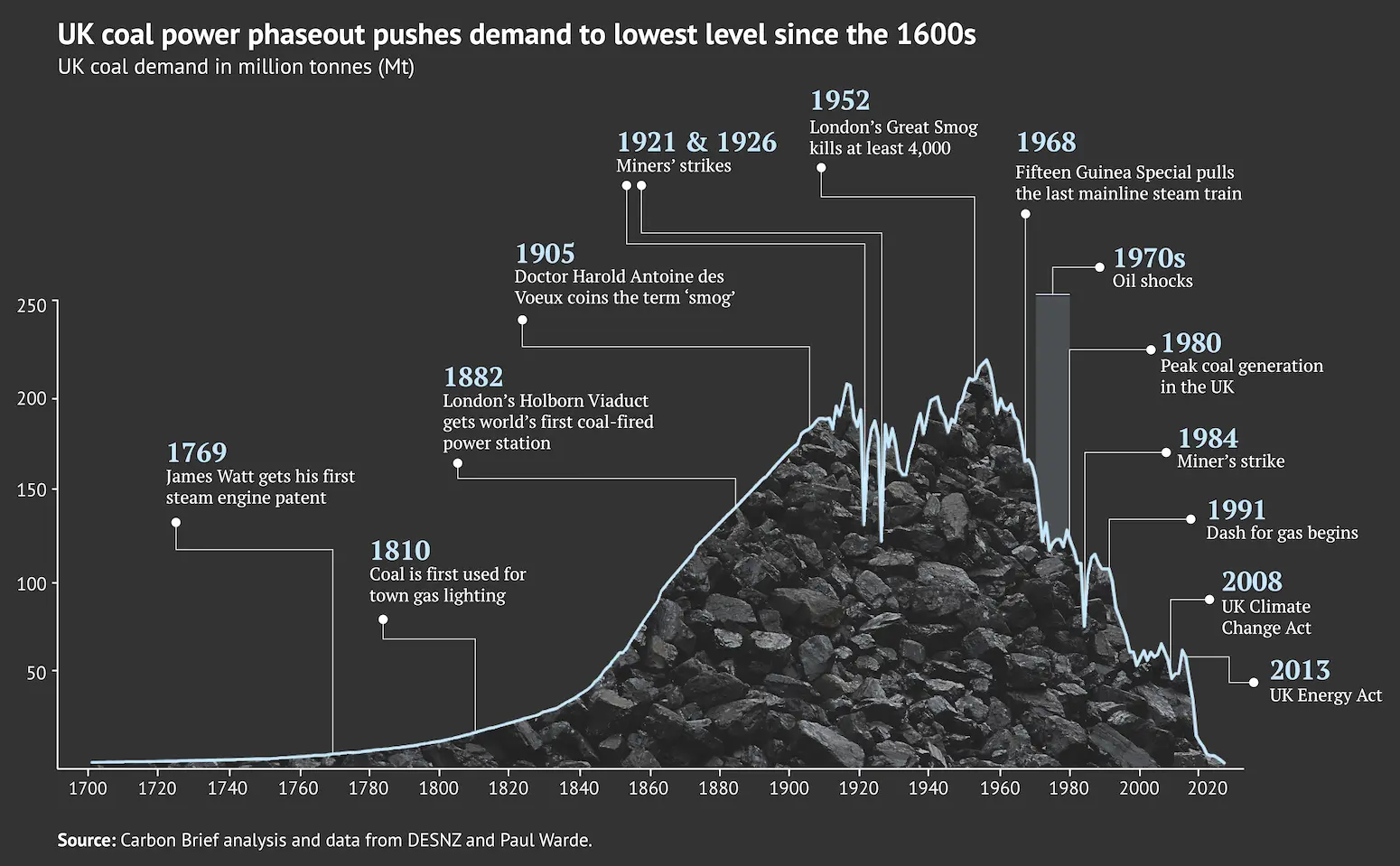Lecture 9 Energy access, justice, and transition
November 4, 2024
Sample analytic questions
- The barriers and policies to facilitate energy access?
- What is Justice40? And what investments are included?
- What are the typical energy injustice and how to address them?
- What are the drivers of energy transition?
- How should each country think/design/implement its energy transition?
- How to frame the role of different technologies in energy transition?
- How geo-politics, wars, and pandemic impact the energy in transiton?
Energy poverty and SDG

Read more: Alstone, Gershenson, and Kammen (2015)
Energy access and HDI

Read more: Alstone, Gershenson, and Kammen (2015)
Energy poverty and gender equity
- Women and kids spend more time collecting wood fuel
- Women spend more time on cooking without clean fuel/energy
- Women bear more burden on indoor air pollution
- Women have less oportunity for development
Energy ladder

Read more: Our World in Data
Sustainable energy for all



Progress on universal access to electricity

Share of population with clean cooking fuel

China’s electricity for all


Source: G. He and Victor (2017)
Energy justice
The goal of achieving equity in both the social and economic participation in the energy system, while also remediating social, economic, and health burdens on those disproportionately harmed by the energy system.
–Initiative for Energy Justice, 2019
Read more: DOE
EJ conceptual questions

Source: Jenkins et al. (2016)
Rooftop solar by race and ethnicity

Source: Sunter, Castellanos, and Kammen (2019)
The energy equity gap

Source: Cong et al. (2022)
Justice 40

Source: White House
Just transition framework

Source: Climate Justice Alliance
Energy, environmental, climate justice
| Energy | Environmental | Climate |
|---|---|---|
| Energy supply/demand | Environment burden/benefits | Climate impact/benefits |
Common Questions:
Who bears the burden? Who harvests the benefits? Do we know the injustice? Can people involve in the decision proceses? How to compensate?
NYS CLCPA disadvantaged communities (DACs)

Read more: Draft Disadvantaged Communities Criteria
How has energy use changed in the U.S.

Source: EIA
RE > coal: a milestone

Source: EIA
U.S. power-sector half-way to zero

Source: LBL
Soft path vs. hard path

Central, large scale, incresing supply/demand
Fossil, nuclear
Flexible, resilient, sustainable, and benign
Renewable energy, energy efficiency, matching in scale and quality to the end use need
Source: Lovins (1976)
Drivers of energy transition
- Demand
- Supply
- Climate change
- Environmental pollution
- Energy security
- Economics
100% reneables: a debate
100% renewables (wind, water, solar) for all purposes?
- Resources, technology, economic ready
- Huge benefits
100% renewable not viable/necesssary?
- Modeling errors
- Implausible assumptions
- Need better modeling
Energy transition is difficult, broad technology portfolio is needed
Changing perspectives of renewables

Source: IPCC
Energy Transition: The German Energiewende
- Fighting climate change
- Reducing energy imports
- Stimulating technology innovation and the green economy
- Reducing and eliminating the risks of nuclear power
- Energy security
- Strengthening local economies and providing social justice
Germany: end of nuclear

The last three nuclear power plants in Germany were shut down on April 15, 2023
Source: World Nuclear Association
UK: end of coal

The last coal power plants in UK, Ratcliffe-on-Soar in Nottinghamshire, were shut down on September 30, 2024
Source: Carbon Brief
The U.S.: net zero America

Source: ZERO Lab
U.S.: NDC, IRA, and beyond

Denmark: power to X

Source: Power-to-X strategy
China: the scale and scope

Source: The Economist
China: renewable expansion

Source: Global Energy Monitor
China: phasing out coal


Phasing out coal yields huge (water savings, avoided pre-matual death, and health) co-benefits, however, need to address employment impact and welfare redistribution
China: Fewer than 15% of coal power workers transition to green jobs

- A coal power worker needs to travel 194 (178–242) km on average to access a green job.
- Only 11%–14% of existing coal power workers will transition to green jobs by 2060.
Source: Wu et al. (2024)
Bazil: role of hydro and biofuel


Source: EIA
Africa: the fogotten billion

Source: Mulugetta et al. (2022)
Ukraine crisis: an accerlerator?

Source: IEA, World Energy Outlook 2022
Impact to emissions

Source: IEA, World Energy Outlook 2022
Summary
- Electricity/energy access is fundamental to other modern services: education, health, and information
- Energy access also has gender equity, health cobenefits, and other implications
- Energy justice is important to achieve just transition
- An reflection on our approaches to energy justice
- Diverse factors that drive energy transition
- Common and differentiated solutions to energy
- Leverage the advantages
- Addressing uncertainties: geopolitics, wars, pandemic, and more